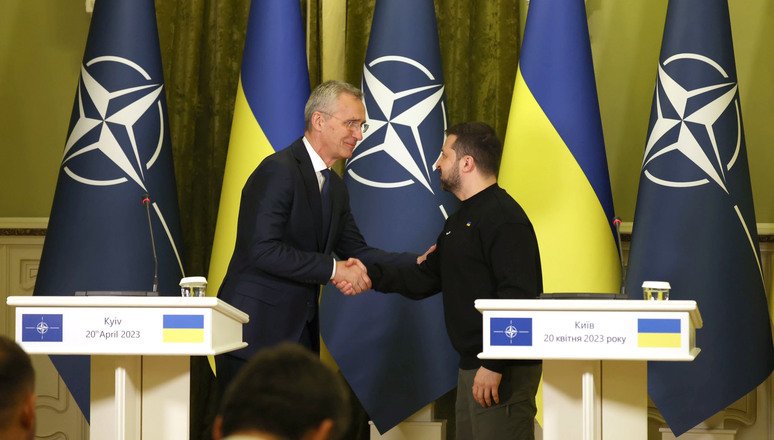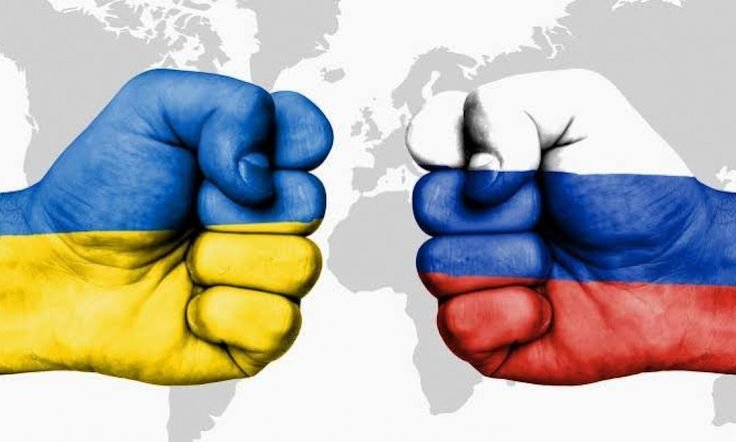In the early hours of February 24th, 2022, Russian President Vladimir Putin announced the initiation of a “special military operation” in Ukraine. This declaration marked the commencement of what has rapidly escalated into a full-scale invasion, drawing worldwide condemnation and setting the stage for what is now one of Europe’s most significant wars since World War II. However, to fully comprehend the motives behind Russia’s aggressive posture, it’s essential to delve into the historical, political, and strategic dynamics at play.
Historical Ties
Historically, Putin has long articulated a vision of Russia and Ukraine not as separate entities but as integral parts of a single nation. This perspective stems from deep historical, cultural, and political ties dating back to the Russian Empire and the Soviet era. Ukraine’s strategic significance to Russia extends beyond mere sentimentality; it represents a crucial geopolitical chess piece in Putin’s broader objective of reasserting Russian influence and challenging the post-Cold War order dominated by the West.

Ukraine’s Sovereignty Struggle
Since its independence with the dissolution of the Soviet Union in 1991, Ukraine has navigated a complex journey towards sovereignty, often caught between its historical ties to Russia and a growing inclination towards the West. The turning point came in 2014 when Ukraine’s pro-Russian government, under pressure from Moscow, rejected an association agreement with the European Union. This decision led to widespread protests, ultimately culminating in a revolution that realigned Ukraine closer to the West, thereby threatening Russia’s influence.
Prelude to Invasion
Fearing a loss of political and strategic leverage, Russia annexed Crimea in 2014 and has since supported separatist movements in eastern Ukraine. These actions underscore Putin’s readiness to use force to maintain a sphere of influence over former Soviet territories. The annexation of Crimea and the support for separatists in Donetsk and Luhansk were just the preliminary steps in a broader strategy to destabilize Ukraine and prevent its further integration with the West.
In the context of the recent invasion, Putin’s motives appear multifaceted. Primarily, the move is seen as an attempt to prevent Ukraine’s further integration with Western institutions, particularly NATO. Russia perceives NATO’s eastward expansion as a direct threat to its security and influence in the region. By destabilizing Ukraine, Putin aims to halt its potential NATO membership, thereby keeping the country within Russia’s geopolitical orbit.

Moreover, the invasion underlines Putin’s desire to project power and assert Russia’s status as a dominant regional, if not global, actor. Despite the international backlash and the imposition of severe economic sanctions, Putin’s actions in Ukraine are also intended for a domestic audience, signaling strength and resolve in defending what he perceives as Russia’s rightful interests.
As the conflict progresses, the human cost is mounting. Hundreds of thousands of Ukrainians have fled their homes, seeking refuge from the onslaught. Despite facing a vastly more powerful adversary, Ukrainian resistance remains steadfast, embodying a nation’s struggle for the right to determine its own future.
Read More: What is ISIS? [EXPLAINED]
Conclusion
As the international community grapples with the crisis, the Ukraine War has exposed the fragility of the post-Cold War European security architecture. While the world watches with bated breath, the ultimate outcome of this conflict will have far-reaching implications for the international order, regional stability, and the principle of national sovereignty.
Do you like Anime? Go to Pop Media Pulse
